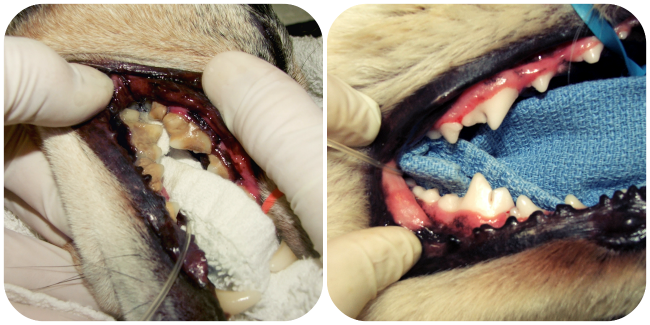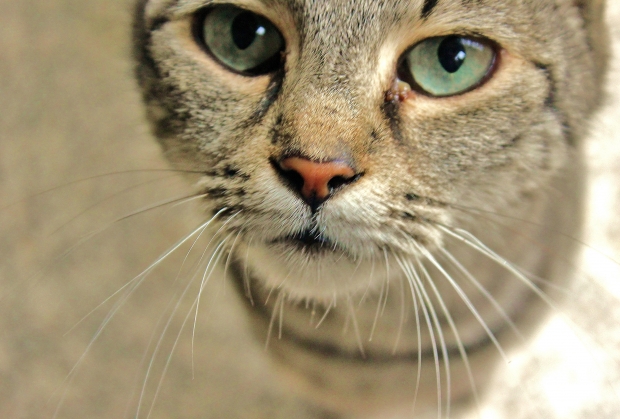This is 2016: The year of the Monkey. According to Chinese astrology, if you were born in monkey years (1920, 1932, 1944, 1956, 1968, 1980, 1992, 2004) then you are intelligent, witty, and inventive -just like our primate friends!
Primates come in all shapes and sizes, but had you ever heard of a Bushbaby? They are the SMALLEST primates in Africa. Some are kept as pets Continue reading Monkey Business!




























